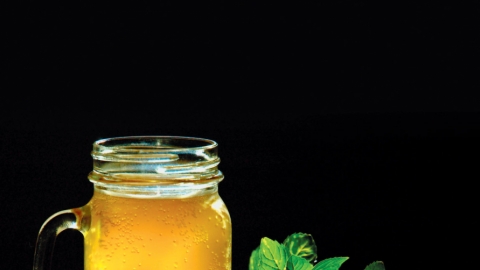Ingredients
- 3−6 beets, any type, tops removed
- 1 teaspoon salt
- 1 teaspoon whey or kraut juice (optional)
- About 4 cups spring, filtered, or distilled water (chlorinated water may hinder fermentation)
Preparation
Additional flavorings
Try adding a few slices of ginger, a slice of lemon, or several sprigs of mint or rosemary for extra flavor.
PREPARATION
Gather your beets. Remove the tops (which you can compost or cook into a stir fry). Scrub the outside of the beets to remove dirt, but keep the skin on. Chop the beets into approximately ½-inch chunks and place in a clean glass container (I use a 1½-liter jar). Sprinkle in the salt. Fill the jar with water. Leave about 1 inch of headspace.
If you are adding extra flavoring or an extra starter like kraut juice or whey, do so now. The starter is optional, but can speed up the fermentation process with some extra Lactobacillus bacteria. Seal the jar, or use a fermentation lid.
Let the jar sit for 3 days to several weeks to ferment, depending on the temperature of your kitchen and your taste. Check on it daily to taste, stir, and relieve any gas that naturally builds up during fermentation. Skim off any scum or mold that forms on the surface.
You can continuously brew beet kvass, or when you get it to a taste that you like, you can strain out the beets, bottle the drink, and keep it in the fridge. It will build up more bubbles over time so use it within a few weeks. You can brew a second weaker batch using the beets from the first batch.
Editors’ note: Don’t waste those beets! You’ve made pickled beets while you made kvass; if you don’t make a second batch, you can eat the beets or add them to beet hummus or other recipes.





